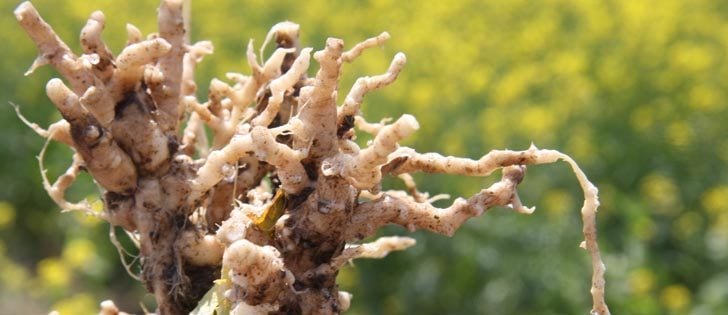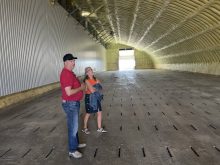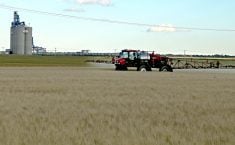Clubroot galls have been found on canola plants near Swan River, Man.
Ryan Immerkar, who runs RSI Agri-Coaching in Swan River, confirmed rumours about the discovery of clubroot in the region.
Immerkar said clubroot galls were found on canola plants, and samples from the infected areas have been sent away for further testing.
Anastasia Kubinec, Manitoba Agriculture’s oilseed specialist, said she’s heard talk of a clubroot incident in the Swan River area but wasn’t aware of the details.
Kubinec said the discovery isn’t surprising.
Read Also

New coal mine proposal met with old concerns
A smaller version of the previously rejected Grassy Mountain coal mine project in Crowsnest Pass is back on the table, and the Livingstone Landowners Group continues to voice concerns about the environmental risks.
“With the levels that we’re finding in some areas are higher, we do suspect that we will have … cases where clubroot galls (are) found on canola every year now.”
Clubroot is a soil-borne disease that causes swellings, or galls, to form on the roots of canola plants. The galls cause the plants to die prematurely.
In the fall of 2013, Manitoba Agriculture confirmed the presence of clubroot symptoms on plants in two canola fields. Scientists had previously found clubroot spores in soil samples taken in Manitoba.
A Manitoba Agriculture clubroot distribution map indicates that two municipalities, Louise and Westlake-Gladstone, have fields with high levels of soil spores or cases with confirmed plant symptoms.
“We are finding it at low concentrations throughout the province. That’s strictly through our soil samples…. We have been telling producers since 2012, you have to assume it’s probably within 50 kilometres of your farm,” Kubinec said.
“We did find two cases in 2013 in fields. There may be more cases that are reported this fall…. Lots of guys seem to find it when they’re swathing or combining. There is a patch that just isn’t yielding.”
A few producers have said clubroot should be a reportable disease in Manitoba and that farmers should be required to tell the province about an infection on their land.
Kubinec said the province and Manitoba’s canola industry prefers a voluntary reporting system.
“We feel regulating it as a pest, that might actually drive some farmers underground,” she said.
“What we’re trying to do is be more proactive about it. If you do have it, give us a call. We’ve got lots of resources we can help you with.”
Bill Ross, the Manitoba Canola Growers Association’s executive manager, agreed that designating clubroot as a reportable pest isn’t the right approach.
“We want producers to test their land (for clubroot),” he said.
“If it’s reportable, then they’re not going to test it.”
Kubinec said the province began testing soil last year and plans to test every township in Manitoba. It has collected 500 to 600 samples and sent them to labs for testing.
She said soil testing is essential to mitigate the spread of clubroot.
“Even if it’s at low levels, that’s the time to start taking some actions. Maybe use some resistant varieties or start widening out (crop) rotations.”
Clubroot is not regulated in Manitoba. The province would have to amend its pest act to classify the disease as a pest.
Saskatchewan designated clubroot as a “declared pest” under the Pest Control Act in 2009.
That province doesn’t require producers to report a case a clubroot because municipalities, rather than the province, are responsible for enforcing the act.
“Rural municipalities have the authority … to undertake prevention and enforcement measures related to the spread and control of clubroot disease,” according to the Canola Council of Canada website.
Faye Dokken-Bouchard, Saskatchewan Agriculture’s disease specialist, said a municipality could pass a bylaw requiring farmers to report clubroot.
Alberta takes a similar approach. Clubroot became a declared pest under the Agricultural Pests Act in 2007, but municipalities are responsible for enforcing pest control measures.


















